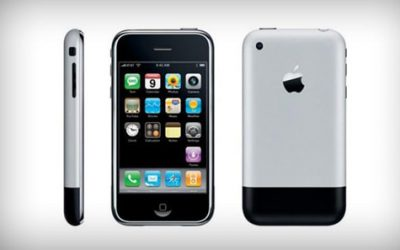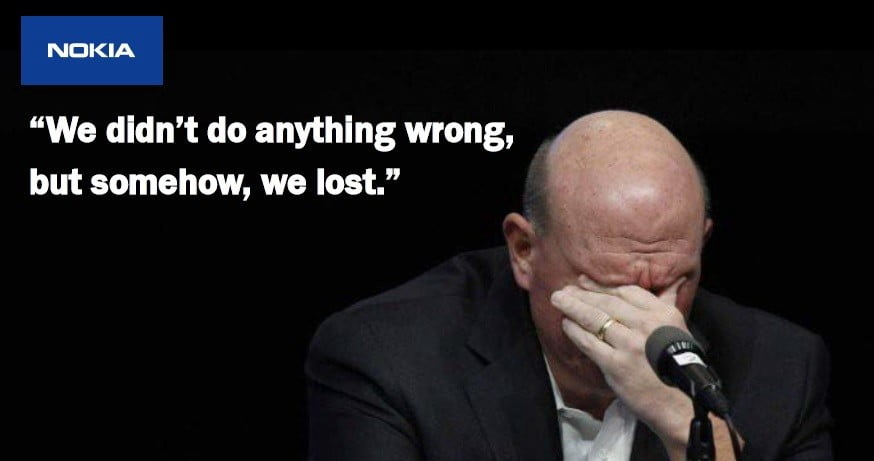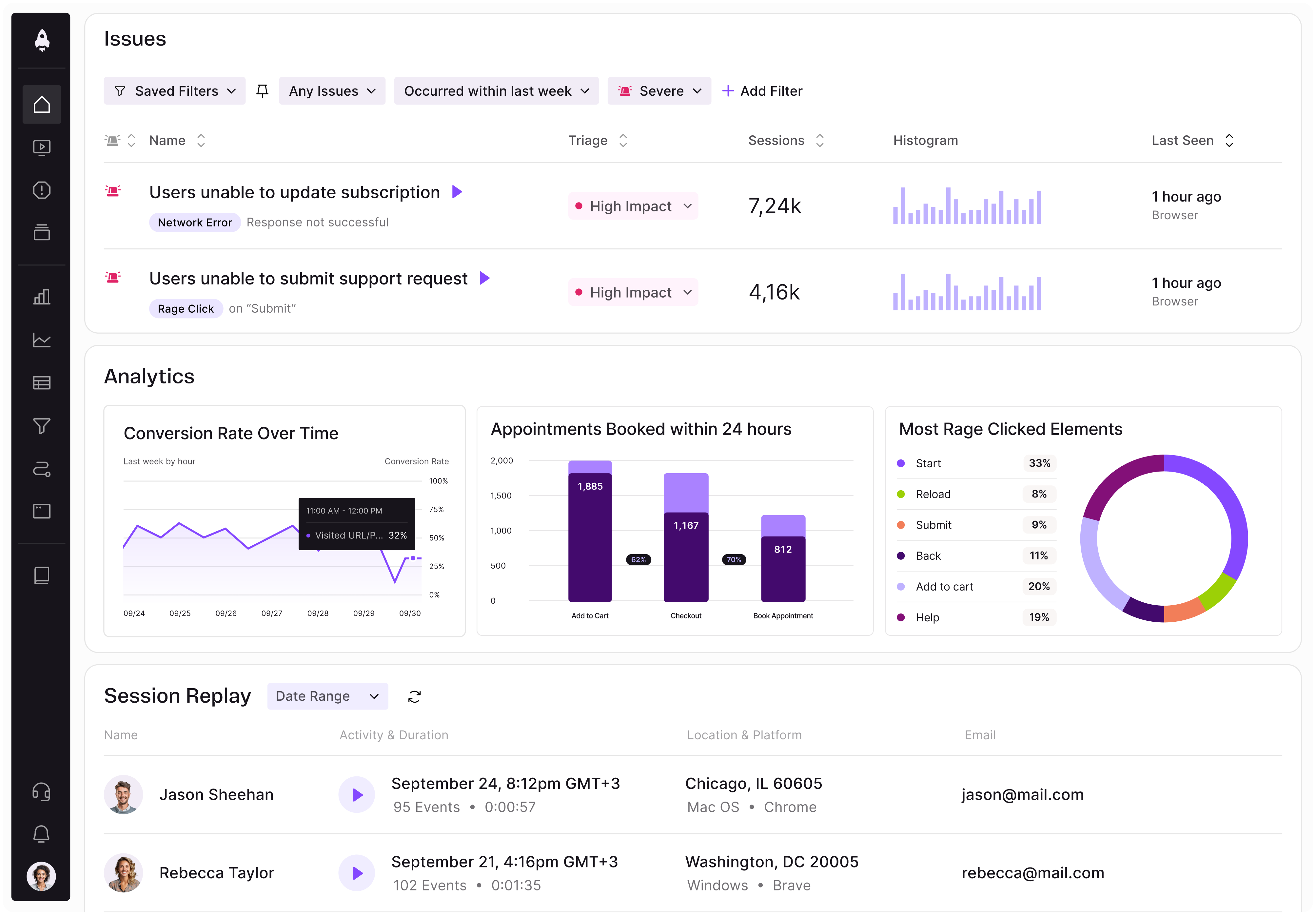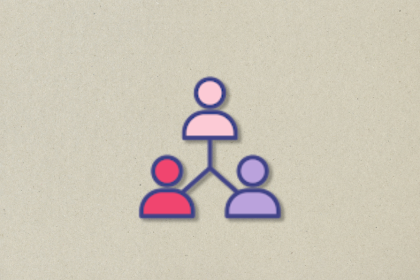Modern history is littered with failed tech products that once dominated their respective markets. Think of former household names like Nokia, BlackBerry, or Yahoo: companies that became the symbol of their times. Despite that, each failed and were crushed so hard that we still recall the downfall.

The common thread?
Product managers lost their agility and client focus at precisely the moment when adaptation became survival. Before they realized what was happening, it was far too late to catch up and maintain their market presence or any presence for that matter.
As a product manager who’s witnessed both spectacular pivots and crushing failures, I’ve learned that market leadership without adaptability is pure arrogance, which usually predates a fall.
The question isn’t whether disruption will come but whether you’ll see it coming and respond fast enough.
Here’s the brutal truth: Success breeds complacency, and complacency kills products faster than bad code or poor design ever could. A feeling of always being successful and not being able to do anything wrong can make people forget how hard it was to get to the top.
The most successful pivots happen when companies are still growing, not when you’re already bleeding market share. By the time “what’s working” stops working, you’re already too late.
To help illustrate this, let me present you with a few case studies.
In the early 2010s, Microsoft faced a stagnating consumer business. The Windows Phone flopped. Surface tablets struggled for traction. Internet Explorer had lost the browser war. The once great giant looked like it was heading for a hard fall.
However, with Satya Nadella as the new CEO starting in 2014, Microsoft made a decisive pivot: from being consumer-focused, it switched the company to focus mostly on the enterprise client. Office became Office 365. Windows updates became a service. Azure became the most important product and challenged AWS.
This strategic redirection paid off. By 2020, Microsoft was no longer viewed as a consumer dinosaur. It was seen as the backbone of digital enterprise infrastructure.
Then came the AI revolution.
While Google had DeepMind and Amazon had Alexa, Microsoft placed its biggest AI bet on OpenAI. In 2019, Microsoft invested $1 billion in OpenAI, long before the real turning point in late 2022, when OpenAI released ChatGPT.
Most tech giants didn’t recognize the revolution at first.
Microsoft did and acted accordingly.
It rapidly integrated GPT into its products. The company first brought it into Azure, then into Bing, then across its entire productivity suite. With “Copilot” in Word, Excel, Outlook, and Teams, Microsoft became the first major player to operationalize generative AI at scale. By early 2023, it had rebranded productivity itself: not just tools for humans, but tools that work with you.
This wasn’t just a feature rollout. It was a market repositioning. While rivals scrambled to catch up, Microsoft had already secured mindshare, distribution, and technical advantage. It turned its early OpenAI investment into a transformational moat.
In less than a decade, Microsoft went from a mocked company, back to a market leader.
The lesson?
Betting on long-term infrastructure and moving fast when it counts can turn a legacy company into the face of the future.
People forget that the iPhone was a massive strategic risk for Apple. In 2007, the company had barely become stable after a few good years with the iPod as its head product. The phone market was dominated by BlackBerry and Nokia, with devices that would barely qualify as toys by today’s standards.
Apple’s insight wasn’t just about touchscreens or apps. It was recognizing that smartphones would become personal computers, not just communication devices. It doubled down on this vision and dared to enter a completely new market for them:

The key to Apple’s success was putting the user experience first. While competitors barely innovated, the iPhone changed the game completely. Apple was designed for consumers and, later, for privacy.
What’s often missed is how this pivot required Apple to develop entirely new capabilities. It had to learn manufacturing at scale, carrier relationships, app store economics, and mobile software development. The iPhone wasn’t just a product pivot; it was an organizational transformation.
Perhaps no company better illustrates the power of strategic agility than Nintendo. Founded in 1889 as a playing card manufacturer in Kyoto, Japan, Nintendo spent its first 80 years making hanafuda cards for gambling parlors. By the 1960s, its card business was declining, and it needed something new to stay relevant.
Nintendo experimented with hotels and instant rice before moving into toys and games. The breakthrough came when a Nintendo employee saw a businessman bored on a train just playing with his LCD calculator.
Soon, in 1980, Nintendo launched the Game & Watch series, simple handheld electronic games whose tech wasn’t that different from the already mentioned calculator. This was a complete reimagining of what Nintendo could be. It transformed from a traditional manufacturing company into a full entertainment technology company.

Nintendo shows how there’s nothing wrong with less successful pivots and focusing on looking for the right change. From cards to arcade games, to home consoles and portable gaming, Nintendo has survived and thrived for over 130 years by never getting too comfortable with any single approach.
Now that I’ve presented you with success stories, let’s look at what happens when companies fail to “pivot” at the right time.
Nokia’s fall is particularly painful because it had everything it needed to see the smartphone revolution coming. It had touchscreen prototypes and phones with almost every piece of tech that ended up becoming the iPhone.
So what went wrong?

Nokia suffered from what I call “innovation paralysis.” It was stuck in the way phones used to work and believed that the iPhone was too expensive and overengineered. None of its previous research showed that users wanted a device similar to Apple’s new device. Well, people didn’t ask for cars before Henry Ford introduced them, now didn’t they? Before they realized their mistake, it was too late.
BlackBerry’s downfall tells a different story, but it’s just as telling. It knew exactly who it was making phones for: business people who cared about security and getting email done fast. When Apple came out with the iPhone, BlackBerry’s bosses actually laughed it off. it saw it as just another gadg\et for regular people to play with — not something serious business folks would ever want.
That’s where it got it completely wrong. It wasn’t that it couldn’t build good products. The problem was that the company didn’t understand that what made a “good phone” got a new definition overnight, and it didn’t notice. Meanwhile, Apple and Google had already won over all the app developers.
As a product manager, you’re the early warning system for your organizations. Here’s how to maintain the agility and client focus that prevents institutional blindness:
Don’t just track your direct competitors. Monitor similar industries, new technologies, and user behaviors. Set up Google Alerts, follow thought leaders outside your space, and regularly review patent filings in related domains.
The threats that kill products rarely come from where you’re looking. Consider investing time in building an AI agent that’ll do that for you.
At least once a year, run a workshop where you assume your core business model is under threat. What would you do if a well-funded startup launched a free version of your product? How would you respond to a major platform change? What if someone presented a better solution to your core problem?
These mental rehearsals build the organizational muscle memory needed for quick pivots. They can also be a source of great ideas that in the future will test your competitors’ pivot skills.
Traditional feedback systems filter information through management layers, losing crucial nuance. Establish direct communication between product teams and customers, support teams and users, and sales teams and prospects. The most valuable insights can come from those places, and you can’t afford to miss that.
Revenue and user growth are key metrics for business, but they’re also trailing indicators. You also need to pay attention to more reactive and dynamic metrics like time-to-value for new users, feature adoption rates, customer effort scores, and competitive mentions in user feedback. These signals often can tell you things that won’t be visible until the next quarterly summary meeting is called.
Invest in feature flagging, A/B testing platforms, and rapid prototyping capabilities. When you need to pivot, the speed of iteration often matters more than the perfection of vision. Plus, you’ll be able to see if the pivot is needed and will work for your company.
Teams built with similar individuals produce predictable thinking, which is the enemy of adaptation. Actively seek perspectives from different backgrounds, industries, and experience levels. Some of the best product insights come from people who don’t know why something “can’t” be done.
What fundamental beliefs about your market, users, or technology stack do you hold? Write them down, then actively look for evidence that contradicts them. The assumptions you’re most certain about are often the ones most worth questioning.
Even if they were accurate some time ago, the world is moving forward, and you need to keep up with the changes, before those leave you behind.
Knowing what to do and actually following through on it are entirely different challenges. The key is simply keeping agile, and recognizing when you need to “improvise” your next sprint.
This means that you need to focus on goals and the eventual outcome, and not whether the ticket should be three or five story points. No user cares if you delivered as many of those as planned — they care about great, relevant products.
What I’m trying to say is that the business side really likes having everything planned and then seeing that plan delivered. The issue is that this may land you comparisons to Nokia.
What you need to remember is that ultimately, your responsibility, as a product manager, is to deliver optimal value to your stakeholders. If your “glorious” roadmap can’t do that, it’s actually a burden, instead of being something helpful.
As a product manager, your job isn’t just to build great products. It’s to build products that can continuously become great again.
That requires a perfect understanding of your market and knowing when to stick to what you know and when to pivot. You also need to be able to switch to a different product or direction when the market and the company’s survival depend on it. The choice is simple: pivot or eventually close down the product.
The next time you’re celebrating a successful quarter or a feature launch that exceeded expectations, ask yourself: What assumptions are we making that might no longer be true? What signals are we ignoring because they don’t fit our current strategy? Your future users are counting on you to stay ahead of the curve, not just ride it.
Of course, if you want to keep building your product competencies, be sure to come back next time for another product piece. See you then!
Featured image source: IconScout

LogRocket identifies friction points in the user experience so you can make informed decisions about product and design changes that must happen to hit your goals.
With LogRocket, you can understand the scope of the issues affecting your product and prioritize the changes that need to be made. LogRocket simplifies workflows by allowing Engineering, Product, UX, and Design teams to work from the same data as you, eliminating any confusion about what needs to be done.
Get your teams on the same page — try LogRocket today.

Most teams fail at autonomy. Learn how clear rules help product teams move faster without micromanagement.

A practical framework for PMs to use AI in ideation without sacrificing judgment, strategy, or decision quality.

A practical five minute revenue estimation method to help product managers compare ideas, drop low impact features, and prioritize smarter.

A practical guide for PMs who want to stop being bottlenecks, delegate smarter, and lead teams effectively with a clear ownership framework.